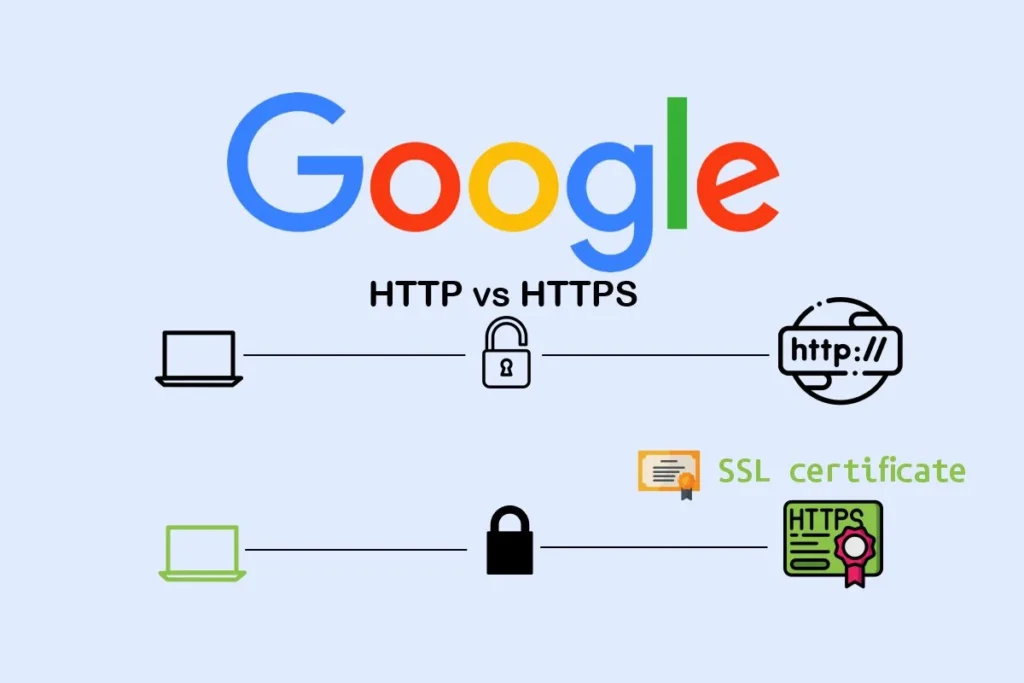
Introduction
In the vast digital landscape, understanding Google’s intent is paramount for effective search engine optimization (SEO) strategies. Every search query reflects a user’s underlying intention, and decoding this intent is crucial for businesses aiming to improve their online visibility and connect with their target audience effectively.
Importance of Deciphering Google’s Intent
Deciphering Google’s intent holds immense significance for various aspects of online presence and marketing efforts. Firstly, it directly impacts search engine results pages (SERPs), influencing the visibility and ranking of webpages. Websites that align their content with Google’s intents tend to rank higher, driving more organic traffic to their platforms.
Furthermore, deciphering Google’s intent is pivotal for enhancing user experience. By delivering content that accurately matches users’ search intents, websites can ensure that visitors find valuable information efficiently, leading to higher engagement, longer dwell times, and increased conversions.
Factors Influencing Google’s Intent
Google’s intent is influenced by several factors, including an individual’s search history, location, device type, and previous interactions with search results. Personalization plays a significant role in tailoring search results to suit the preferences and needs of individual users.
Context and relevance are also critical determinants of Google’s intent. The search engine strives to deliver results that best match the user’s query while considering contextual factors such as timing, language, and geographic location.
Strategies for Deciphering Google’s Intent
To effectively decipher Google’s intents, businesses can employ various strategies. Analyzing search results provides valuable insights into the types of content Google considers relevant for specific queries. Studying competitor websites and identifying common themes can help in understanding user preferences and expectations.
Utilizing Google’s tools, such as Google Analytics and Google Search Console, enables businesses to gather data on user behavior and preferences. These insights can inform content creation and optimization efforts, ensuring alignment with Google’s intents.
Leveraging user feedback, through surveys, reviews, and social media interactions, offers valuable insights into audience preferences and pain points. By addressing user needs and concerns, businesses can create content that resonates with their target audience and aligns with Google’s intent.
Case Studies

Several case studies illustrate successful strategies for deciphering Google’s intent. By analyzing these examples, businesses can gain valuable insights into effective SEO practices and content optimization techniques. Lessons learned from these case studies can inform future strategies and help businesses adapt to evolving search engine algorithms effectively.
Tips for Content Optimization
Optimizing content for Google’s intent requires a strategic approach that prioritizes user needs and preferences. Aligning with Google’s intent involves crafting content that addresses specific search queries while providing comprehensive and valuable information to users.
Crafting user-centric content involves understanding the target audience’s interests, pain points, and search behaviors. By creating content that resonates with users and fulfills their needs, businesses can enhance their online visibility and credibility.
Incorporating relevant keywords strategically is essential for optimizing content for Google’s intents. Keyword research tools can help identify high-traffic keywords and phrases relevant to the target audience. Integrating these keywords naturally into the content helps improve its visibility and relevance to search queries.
Common Mistakes to Avoid
In the pursuit of deciphering Google’s intents, businesses must avoid common pitfalls that can undermine their SEO efforts. Keyword stuffing, or excessively using keywords in an attempt to manipulate search rankings, can result in penalties from search engines and diminish the credibility of the content.
Ignoring user intents is another critical mistake to avoid. Focusing solely on keyword optimization without considering the user’s underlying intents can lead to irrelevant content that fails to engage or convert visitors effectively.
FAQs (Frequently Asked Questions)
How does Google determine intent?
Google determines intent based on various factors, including the search query itself, user context (such as location and device), and previous interactions with search results.
Can Google’s intent change over time?
Yes, Google’s intents algorithms are continually evolving to better understand and cater to user preferences and search behaviors.
How can I optimize my content for Google’s intent?
To optimize content for Google’s intents, focus on providing valuable, relevant information that aligns with user search queries. Conduct keyword research, analyze search results, and prioritize user experience.
Is deciphering Google’s intent important for SEO?
Yes, deciphering Google’s intents is crucial for effective SEO strategies. By understanding and aligning with Google’s intent, businesses can improve their visibility, ranking, and overall online presence.
What role does user behavior play in Google’s intent?
User behavior, including click-through rates, dwell times, and bounce rates, provides valuable signals that inform Google’s intent algorithms. Websites that effectively satisfy user intents tend to rank higher in search results.
How often does Google update its intent algorithms?
Google updates its intent algorithms regularly to adapt to changes in user behavior, technological advancements, and evolving search trends.
Conclusion
Deciphering Google’s intent is a fundamental aspect of successful SEO strategies and content optimization efforts. By understanding the factors influencing Google’s intents, businesses can create content that resonates with their target audience, improves their online visibility, and drives meaningful engagement and conversions.



